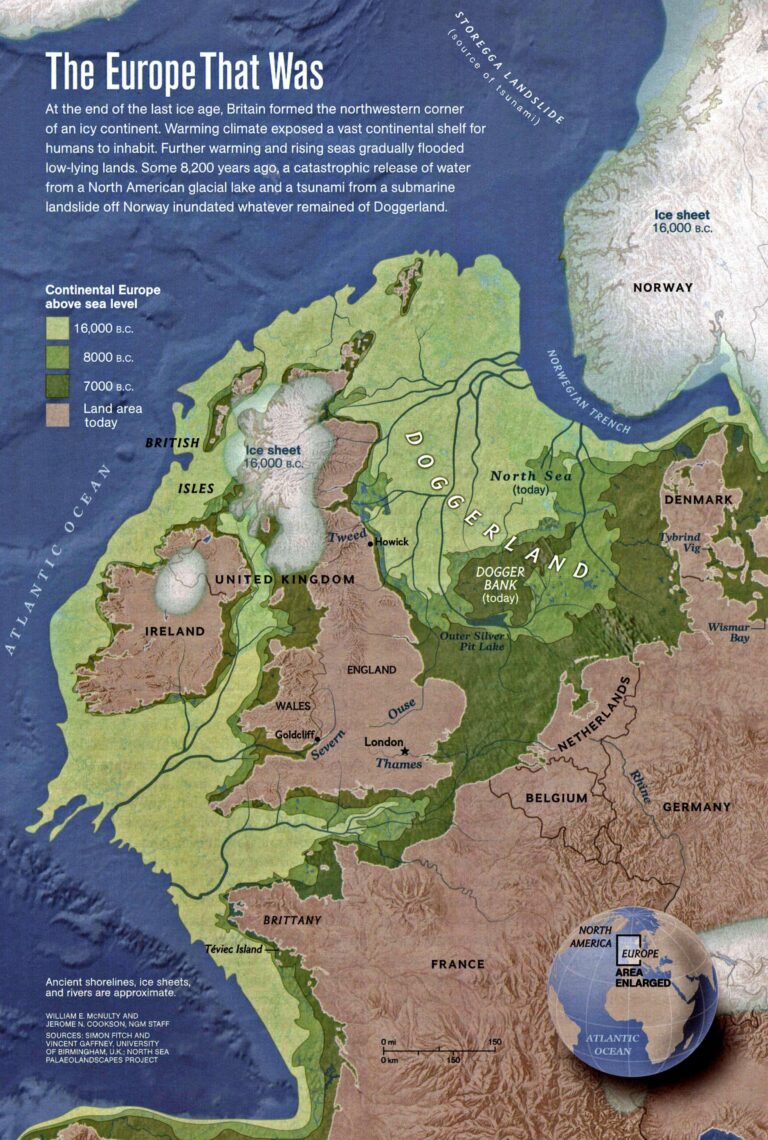Scientists have uncovered the earliest evidence of human occupation at high elevations in Australia during the Ice Age, shedding new light on ancient survival strategies in harsh mountain environments. Published in Nature, the groundbreaking study reveals that early peoples adapted to cold, alpine conditions far earlier than previously believed, challenging assumptions about the timing and extent of human dispersal across the continent’s rugged terrain. This discovery not only deepens our understanding of Australia’s prehistoric inhabitants but also provides fresh insights into how early humans coped with extreme climates during a pivotal era of human history.
Timeline breakthrough reveals ancient human presence in Australian highlands
New archaeological discoveries in the remote Australian highlands have pushed back the timeline of human habitation in this challenging environment to the Last Ice Age, approximately 40,000 years ago. Excavations have uncovered stone tools, hearth remnants, and faunal remains that collectively suggest sustained human occupation at elevations previously believed inhospitable during glacial periods. This groundbreaking evidence challenges longstanding assumptions about early human adaptability and migration patterns across the continent’s rugged terrains.
Key Findings Include:
- Stratified artifact layers indicating repeated seasonal use of highland campsites
- Radiocarbon dating correlating occupation phases with colder climatic conditions
- Animal bone fragments revealing a diet adapted to alpine fauna
| Artifact Type | Dating (Years BP) | Site Elevation (m) |
|---|---|---|
| Flaked stone tools | ~40,000 | 1,800 |
| Charcoal and hearths | ~38,500 | 1,850 |
| Faunal remains (rock wallaby) | ~39,200 | 1,900 |
Archaeological evidence challenges previous assumptions about Ice Age habitation
New archaeological discoveries in the Australian highlands have radically transformed our understanding of human adaptability during the last Ice Age. Excavations unearthed well-preserved stone tools and charred organic remains at elevations surpassing previous habitation records, indicating that early humans not only survived but thrived in harsh, high-altitude environments long before formerly believed. These findings suggest a versatile and resilient population capable of exploiting diverse ecological niches, challenging the conventional notion that Ice Age Australians were confined to lowland, coastal regions.
Key findings include:
- Stone tool assemblages aged between 20,000 and 30,000 years, reflecting sophisticated technology adapted for mountain terrain.
- Evidence of controlled use of fire, implying strategies for warmth and food preparation in colder climates.
- Signs of transient occupation patterns rather than permanent settlement, revealing dynamic mobility.
| Artifact Type | Estimated Age | Elevation (m above sea level) |
|---|---|---|
| Flaked quartz tools | 28,500 years | 1,450 |
| Charcoal remnants | 25,000 years | 1,480 |
| Bone fragments | 22,000 years | 1,470 |
Experts call for expanded research and preservation of alpine archaeological sites
Archaeologists and climate scientists emphasize the urgency of protecting fragile alpine sites that hold vital clues to human history during the last Ice Age. These high-altitude locations, often overlooked due to their harsh conditions, reveal complex patterns of early human adaptation and survival strategies. As glaciers receded and ecosystems shifted, ancient populations demonstrated remarkable resilience, occupying elevations previously thought uninhabitable in Australia’s mountainous regions.
The call for expanded research is fueled by advancements in dating techniques and remote sensing technology, which have unveiled a trove of artifacts and ecofacts at these sites. Experts advocate for:
- Systematic excavation campaigns to better understand temporal occupation patterns
- Collaborative efforts integrating indigenous knowledge with scientific research
- Enhanced conservation protocols to mitigate threats from climate change and human activity
| Research Focus | Current Status | Recommended Actions |
|---|---|---|
| Artifact Preservation | Partially documented | Establish secure onsite storage |
| Climate Impact Monitoring | Limited data | Deploy sensors for real-time analysis |
| Community Engagement | Growing involvement | Expand indigenous partnerships |
Final Thoughts
The discovery of high-elevation human activity during Australia’s Ice Age not only reshapes our understanding of early adaptation and survival but also opens new avenues for archaeological exploration in challenging mountainous regions. As researchers continue to unearth the story behind these ancient inhabitants, this breakthrough highlights the resilience and ingenuity of early Australians, offering a compelling glimpse into a pivotal chapter of human history.




